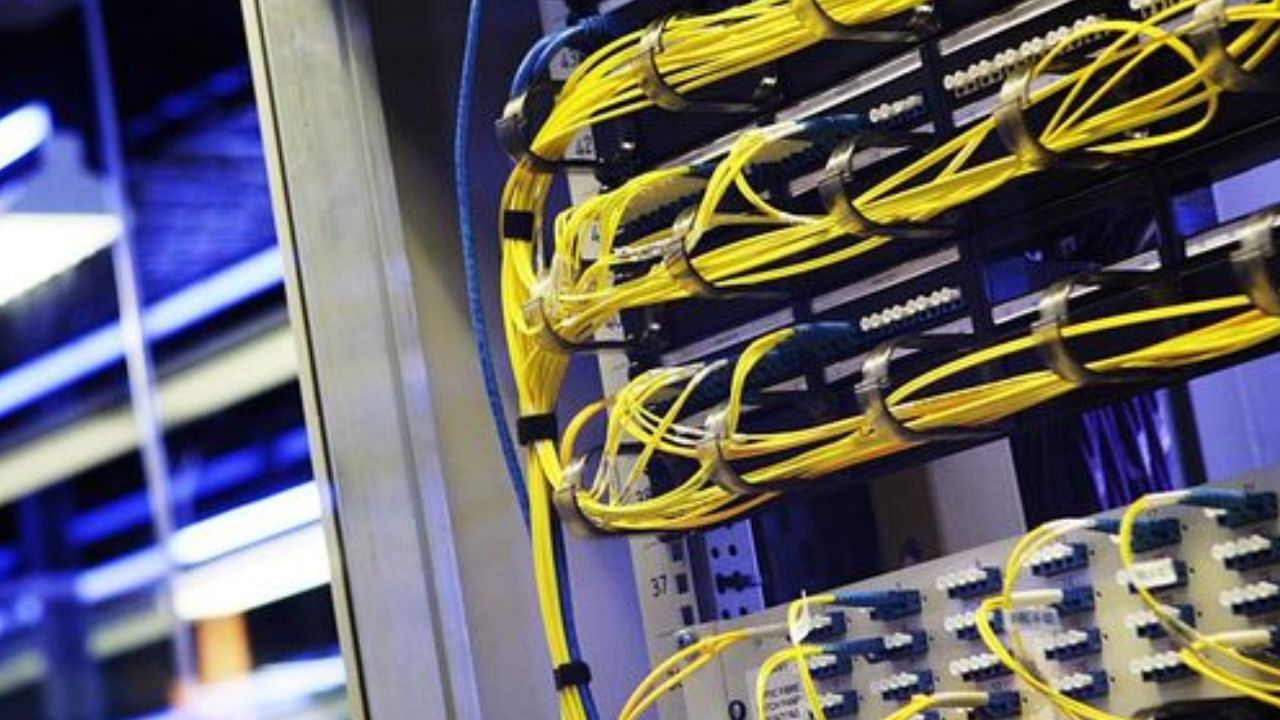Different deployment methodologies provide network design flexibility and scalability in air-blown fiber deployments. These tactics include tree-and-branch designs, which mimic a tree’s structure and branch fibers outward, point-to-point connections for specific direct interconnections between sites, and centralized cabling to connect various areas from a central point.
Fibers in ring networks are arranged in a circle to create redundancy, while fibers in hub-and-spoke topologies are extended from a single hub to several sites. Every deployment method meets distinct connectivity requirements and offers flexibility in network architecture, especially when scalability and adaptation to different layouts are critical factors. These tactics make fiber optic possible to build flexible and effective fiber optic networks to satisfy a range of communication needs.
Air-blown Fiber Installations
Air-blown fiber installations must be deployed using a variety of methods and tactics that are suited to the diverse networking needs. These tactics take into account the particular requirements of the telecommunications sector, guaranteeing effective installation and adaptability for upcoming network growth. The following provides a thorough analysis of several deployment choices and approaches for air-blown fiber installations:
Deployment Point-to-Point
Fiber optic cables are directly connected between two chosen points in a point-to-point deployment. This approach is frequently used for localized networking configurations or shorter distances where a direct link is necessary, such as connecting two buildings on a campus.
Point-to-Multipoint Configuration
With this deployment approach, several destinations are served by a single central point. It’s perfect for applications like star network topologies that need a central hub to distribute signals to multiple distant sites. Data transfer to several linked endpoints can be accomplished efficiently with point-to-multipoint techniques.
Installation Above/Aerial
Air-blown fiber cables are installed aerially by suspending them from buildings, utility poles, or pre-existing infrastructure. This approach reduces the need for significant excavation and is appropriate for outdoor applications. It provides an affordable option for above-ground installations, particularly in suburban and metropolitan areas.
Installation of Ductwork Underground
Underground air-blown fiber cable installation within ducts is a popular method for providing protection against physical harm and environmental factors. This method works well in urban, high-security, and long-distance settings because it provides dependable and safe cabling.
Use of Microducts
Microduct deployment is the process of installing tiny, specialized channels for the air-blown fiber cables, known as microducts. These microducts offer the fibers a safe path, making installations simpler and more effective with less impact on the current infrastructure.
Pre-Configured Routes
Making use of pre-existing conduits or micro ducts allows for the quick installation of air-blown fiber cables. This approach is favored in situations where fiber optic cable infrastructure is already established since it minimizes installation time and expense.
Utilizing Hybrid Setups
Hybrid deployments combine various deployment techniques to address particular networking requirements. For example, combining subsurface and aerial installation could be employed to maximize performance in a variety of situations or to get around geographical constraints.
Directly Buried Structure
In a direct buried installation, fiber cables are installed without any conduits by going straight into the earth. Although this approach is less expensive, it does necessitate careful consideration of the depth of the soil, protection from physical harm, and soil conditions.
Flexible Implementation for Upcoming Growth:
Future-proof deployments use adaptable methodologies that enable scalability and updates without requiring major infrastructure changes. Networks can quickly adjust to expansion and changing technical requirements thanks to this adaptive strategy.
Implementation of Ring Topology
Each network node in the ring topology is connected to two other nodes to create a circular path. Because of the redundancy and fault tolerance this technique offers, the network will continue to function even if a section of the ring is broken.
Conclusion
The many deployment choices and approaches for air-blown fiber installations address the unique requirements and difficulties of contemporary networking infrastructure. In order to ensure the successful deployment and operation of fiber optic networks, each strategy is made to provide effective, scalable, and flexible solutions.
